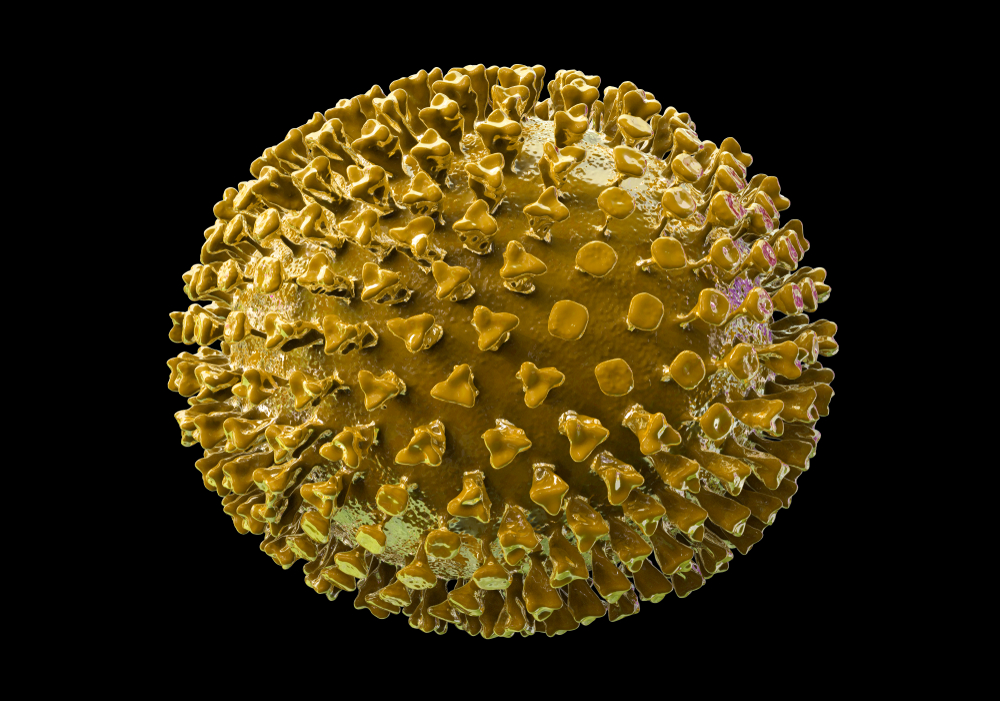OROPOUCHE VIRUS GC PROTEIN – MOUSE FC
The Native Antigen Company provides a range of Oropouche virus antigens to facilitate research into the virus, and to support immunoassay develpment. Oropouche virus Gc protein is a type I integral transmembrane protein, which is further modified by N-linked glycosylation. Together with Gn protein it forms spikes on the virus particle and is essential for viral attachment and cell fusion. It has been described that for certain bunyaviruses, Gn and Gc are targeted by neutralizing antibodies Oropouche virus Gc protein was expressed in mammalian HEK293 cells. The transmembrane region of the protein has been replaced with mouse IgG Fc, via a glycine-serine linker. The purified protein is approximately 140kD on analysis by reducing SDS-PAGE.
PRODUCT DETAILS – OROPOUCHE VIRUS GC PROTEIN – MOUSE FC
- Recombinant Oropouche virus gC protein expressed from HEK293 cells (NCBI Accession Code: AJT39474.1).
- Includes amino acids 512-1373 and is buffered in 20mM HEPES pH7.0, 300mM NaCl, 0.25% Triton X-100.
- Includes a mouse Fc-tag.
BACKGROUND
Oropouche virus (OROV) is an RNA virus that belongs to the family Bunyaviridae. The virus can cause an acute febrile illness, with other symptoms similar to those reported for Dengue, Zika, and Chikungunya virus infection, including headache, myalgia, joint pain, nausea and vomiting. In some cases, OROV can cause a type of viral meningitis. In humans, OROV is transmitted by the biting midge culicoides paraensis, an insect vector that lives in urban areas and is widely distributed in South America. Since the virus was first isolated in 1955, OROV has caused 30 large scale epidemics in the Amazon region infecting at least 500,000 people. The incidence of Oropouche fever has now become widespread in Latin American countries where c. paraensis is present. Differential diagnosis of Oropouche virus infection from infection with Dengue, Zika or Chikungunya is recognised to be important, but there are few diagnostic assays available.

